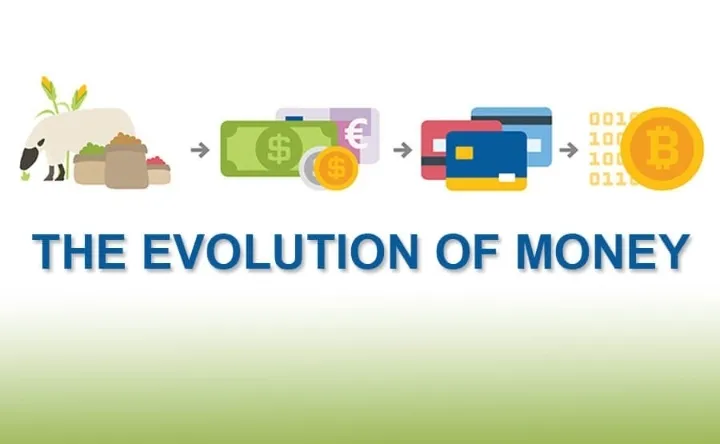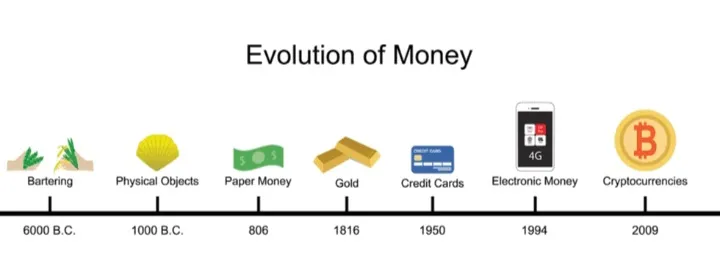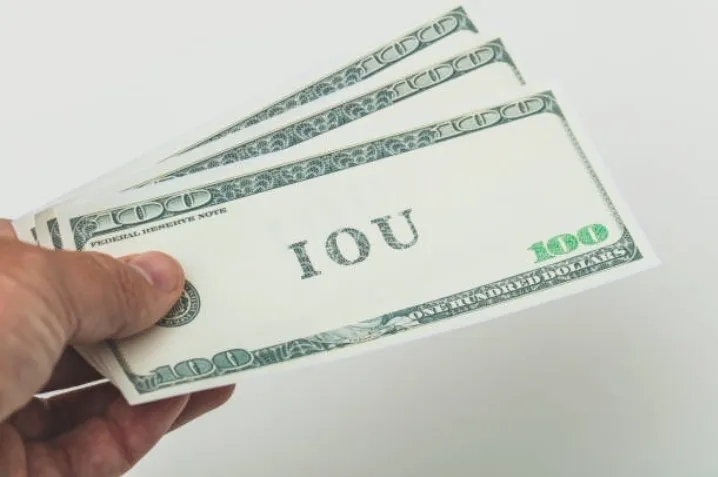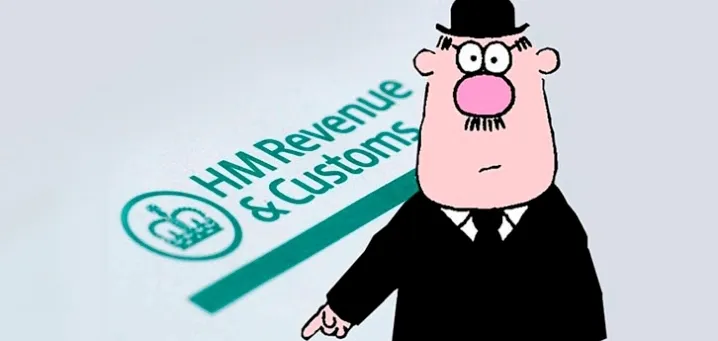
SOURCE
Money has played a crucial role in human society for millennia, facilitating the exchange of goods and services and serving as a store of value. While modern currency takes the form of paper bills and digital transactions, the concept of money has taken many forms throughout history. In this blog, I will explore the evolution of currency from its early beginnings as shells and other natural objects to the standardized coins used in many societies today.

SOURCE
Before the development of currency, people used a bartering system to exchange goods and services. In this system, individuals would exchange one item for another, such as a farmer trading a bushel of wheat for a barrel of fish from a fisherman. This system had its limitations, as it relied on a coincidence of wants, meaning that two individuals had to want what the other had to offer.
The invention of currency solved this problem by providing a standardized medium of exchange. The earliest forms of currency were objects found in nature, such as shells, beads, and precious stones. These objects had intrinsic value due to their rarity and beauty, and were easily recognizable and portable, making them ideal for trade.
One of the earliest and most widespread forms of currency was the use of shells. In many cultures, cowrie shells were highly valued due to their rarity and beauty. They were used as currency in places such as China, India, and Africa, and could be traded for goods such as textiles, food, and other commodities.
In North America, Native American tribes used wampum, which were small cylindrical beads made from shells. Wampum was used as currency for trade between tribes and as a means of recording important agreements and treaties.
Gold has been used as a form of currency for thousands of years. The first known use of gold as currency dates back to ancient Egypt around 2600 BCE, where it was used to make jewelry and other decorative objects, as well as for trade. Gold was highly prized for its rarity, beauty, and durability, and its value was widely recognized in many other ancient societies, including ancient Greece and Rome. As civilizations advanced, the use of metal coins became more widespread. The first coins were made of electrum, a naturally occurring alloy of gold and silver, and were produced in Lydia, in modern-day Turkey, in the 7th century BCE. These coins were stamped with symbols and denominations, making them more standardized and recognizable than shells or beads.
Coins quickly became popular in the Mediterranean world, and the Greeks and Romans began producing their own coins using silver, gold, and bronze. These coins were widely used in trade and became symbols of political power, with the faces of rulers and important figures often depicted on them. Today, gold remains a widely recognized store of value and is still used as a form of currency in some countries.

SOURCE
The use of paper currency was first developed in China during the Tang Dynasty (618-907 CE). Merchants and traders would deposit their gold and silver with a banker and receive a paper receipt in return. These receipts could be used to buy goods and services, and were more convenient and secure than carrying around heavy gold and silver coins.
Paper currency was also used in Europe during the Middle Ages, with bills of exchange and promissory notes used to facilitate trade. However, it was not until the 17th century that paper money became more widespread, with the establishment of the first central banks and the adoption of paper currency by governments.
In recent years, the rise of digital technology has led to the development of digital currency. Bitcoin, the first decentralized cryptocurrency, was introduced in 2009 and uses a digital ledger system called blockchain to record transactions. Other digital currencies, such as Ethereum and Litecoin, to name but a few, have also been developed and are gaining in popularity.
Digital currency offers many advantages over traditional currency, such as increased security, lower transaction fees, and faster processing times. However, it also faces challenges such as regulatory issues and the potential for hacking and fraud.

Beware the TAXMAN
CBDC stands for Central Bank Digital Currency. It refers to a digital currency that is issued and backed by a central bank and is considered to be the digital equivalent of a country's physical currency.
Unlike cryptocurrencies such as Bitcoin and Ethereum, which are decentralized and not backed by any government, CBDCs are issued and regulated by a country's central bank, which maintains control over its issuance and distribution. This means that CBDCs are subject to the same regulatory and monetary policy frameworks as physical currency and can be used for various purposes, such as facilitating electronic payments, improving financial inclusion, and reducing transaction costs.
CBDCs can be implemented in various forms, such as token-based or account-based systems. In a token-based system, digital tokens are created and transferred between users in a peer-to-peer network, while in an account-based system, digital currency is held in accounts that are managed by a central bank or other authorized financial institutions.
Several countries are currently exploring the possibility of issuing CBDCs, including China, which has launched a digital version of its currency called the digital yuan, and the European Union, which is exploring the potential benefits and risks of CBDCs. While the potential benefits of CBDCs are numerous, including increased financial inclusion and reduced transaction costs, their implementation also raises important policy and regulatory issues that will need to be carefully considered.

40+yr old, trying to shift a few pounds and sharing his efforsts on the blockchain. Come find me on STRAVA or actifit, and we can keep each other motivated .

Proud member of #teamuk. Teamuk is a tag for all UK residents, ex-pats or anyone currently staying here to use and get a daily upvote from the community. While the community actively encourages users of the platform to post and use the tag, remember that it is for UK members only.
Come join the community over on the discord channel- HERE

Want to find out more about gold and silver? Get the latest news, guides and information by following the best community on the blockchain - #silvergoldstackers. We're a group of like minded precious metal stackers that love to chat, share ideas and spread the word about the benefits of "stacking". Please feel free to leave a comment below or join us in the community page, or on discord.
